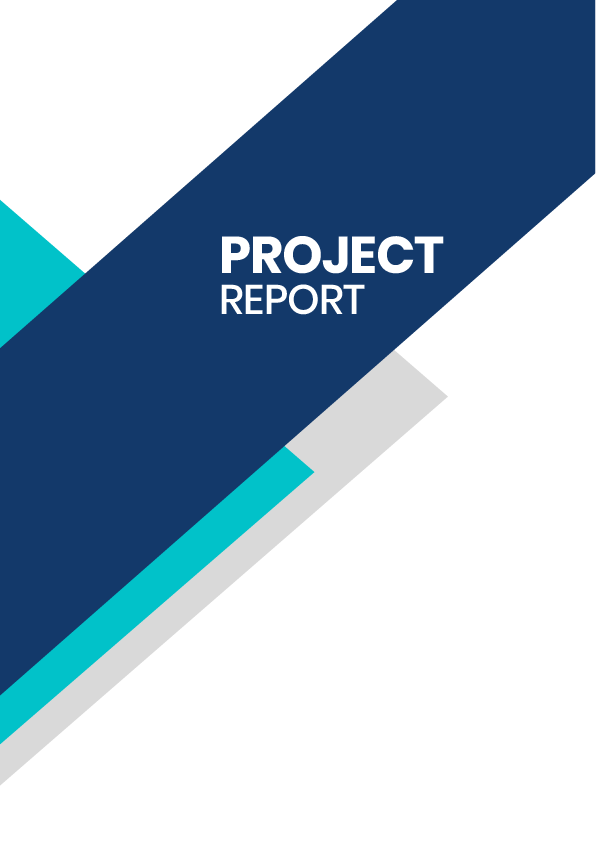Related Keywords
- Online Marketing
- Internet Marketing
- Digital Advertising
- Performance Marketing
- Social Media Marketing
- Content Marketing
- डिजिटल मार्केटिंग
- ऑनलाइन प्रचार
- सोशल मीडिया वि
What are the Significances of Digital Marketing?
- More People Know Your Brand: A strong online presence helps more people recognize your brand. In 2019, 81% of marketers focused on increasing brand awareness.
- People Buy What They See Online: Around 70% of all shopping decisions are influenced by online ads and content. If your business isn’t online, you might be missing out on customers.
- Better Profits for Less Money: Digital marketing gives great returns. For every ₹80 spent on email marketing, businesses can earn ₹2,880 to ₹3,200.
- Most People Research Before Buying: Nearly 99% of shoppers check online before making a purchase. If your business isn’t visible online, you could lose potential buyers.
Why should an Entrepreneur Invest in Digital Marketing?
- Earn More for Every Rupee Spent: Digital marketing gives a high return on investment. For example, email marketing can bring ₹42 for every ₹1 spent.
- Get More Customers at a Lower Cost: Creating online content costs less than traditional advertising but brings in more customers. Businesses can save up to 62% on marketing costs while getting three times more leads.
- Influence Buying Decisions: About 70% of people check a brand online before buying something. If a business has a strong digital presence, it can convince more customers to choose them.
- Follow Customer Trends: Most people research products online before buying. Digital marketing makes sure businesses appear in search results, helping them stay ahead of competitors.
What is the Importance of a Good Project Report for Digital Marketing?
- Makes It Easier to Get Loans – Banks and investors give money only when they see a solid plan. A clear project report increases your chances of getting loans from MSME, Mudra Loan, or Stand-Up India.
- Gives a Clear Business Plan – It explains your target customers, budget, and strategies. With a proper report, you can avoid mistakes and make smart decisions.
- Attracts Investors and Business Partners – When investors see a well-planned project, they trust your business and may invest in it.
- Helps Spot and Solve Risks – Digital marketing changes quickly. A project report helps you find possible problems and plan solutions in advance.
Why Use Finline for Your Digital Marketing Project Report?
- Make Your Report in 10 Minutes – Enter your details, and Finline will quickly create a complete, bank-approved project report.
- Get Loan Approval Faster – Banks ask for a project report before giving loans. Finline makes sure your report follows all banking rules, so you get funds without delays.
- Trusted by 3 Lakh+ Entrepreneurs – More than 3 lakh business owners use Finline to create reports, get loans, and run successful businesses.
- Works for Any Digital Marketing Business – Whether you run an SEO agency, social media firm, or full-service marketing company, Finline helps you plan your finances and grow your business.

Need expert service?
Please send a WhatsApp message to us, and our team of experts will guide you in creating a project report for bank loan.
Create Your own project report in less than 10 mins.
- Unlimited edits
- Unlimited downloads
- Up to 10 years of projections
- 20+ pages

Frequently asked questions
Everything you need to know about the product and billing.
Finline is an online tool for creating a project report for bank loan online and see the report for free online. You only need to pay for downloading the report.
Can I change my plan later?
Yes , ofcourse you can upgrade from a lite plan to a pro at anytime.
Can I edit the report after download ? is it chargeable?
You can do unlimited edits even after download without any extra payment.
What is the ‘lite’ and ‘pro’ plan ? Is it subscription based plans?
Lite and Pro are just individual report download plans , not subscription plans.
Do I require a CA seal & Stamp for getting a loan?
Not at all, project report is a business plan about your business and it should be prepared by an entrepreneur . Nobody can predict and certify a business which is going to happen in the future.
Can I get any assistance from your team?
Yes of course, you can go to the help section in all pages were you can find chat button for seeking support.
Can I get a project report format for bank loan through Finline?
Yes! Finline provides a ready-to-use project report format for bank loan. You can create it online, see it for free, and download it instantly for your loan application. This makes your project report format for loan easy to complete in just a few steps.
Do you provide a project report format for bank loan in excel?
Yes. Finline offers a project report format for bank loan in excel that is easy to edit and customize. You can also download a project report format for loan in excel if you prefer working offline.